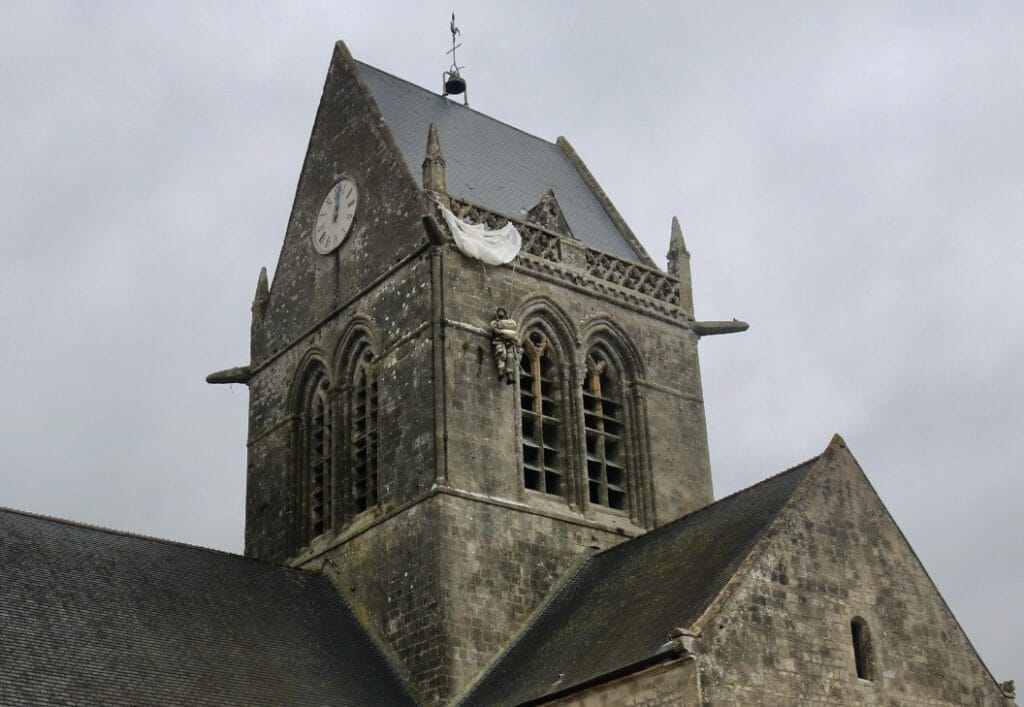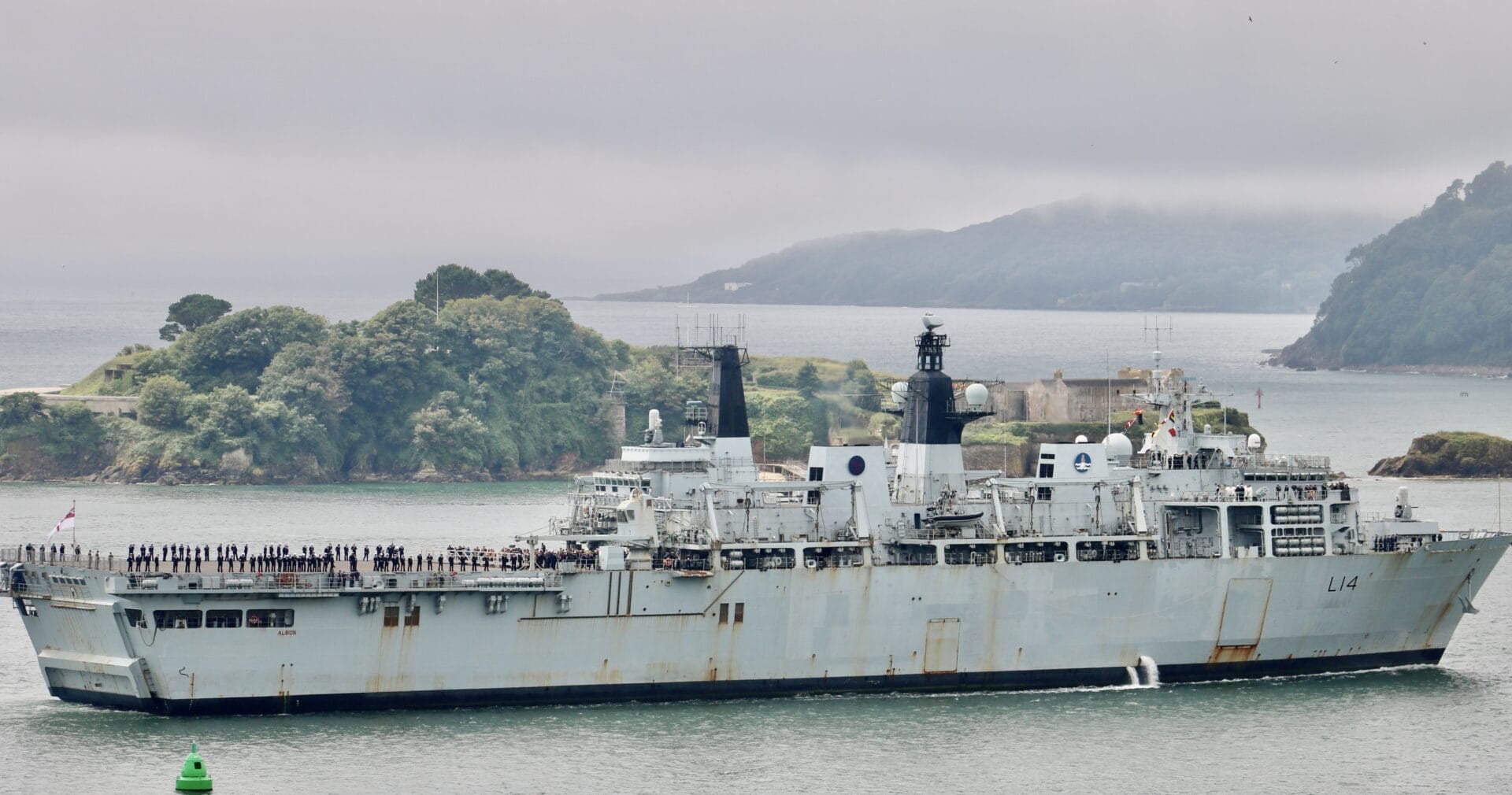After disembarking from the MS Armorique in Roscoff from Plymouth and a light breakfast in St Pol de Leon, in Brittany, it took over 3 hours to Normandy.
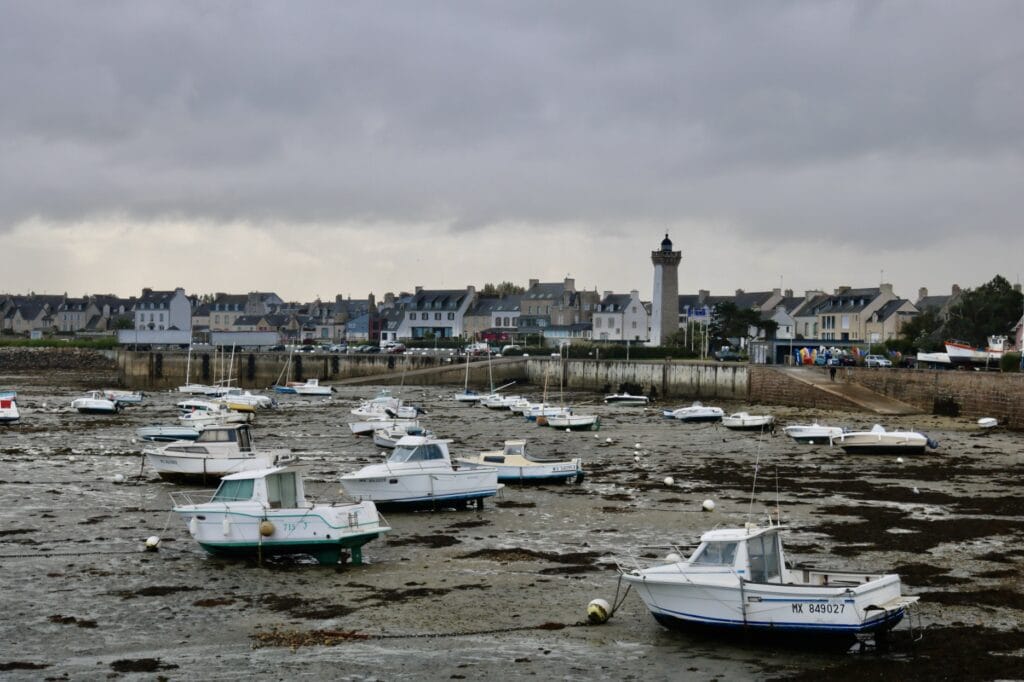
Our trip on the Brittany Ferries was a special pilgrimage to visit the Allied Normandy invasion beaches that took place on the 6th June 1944.
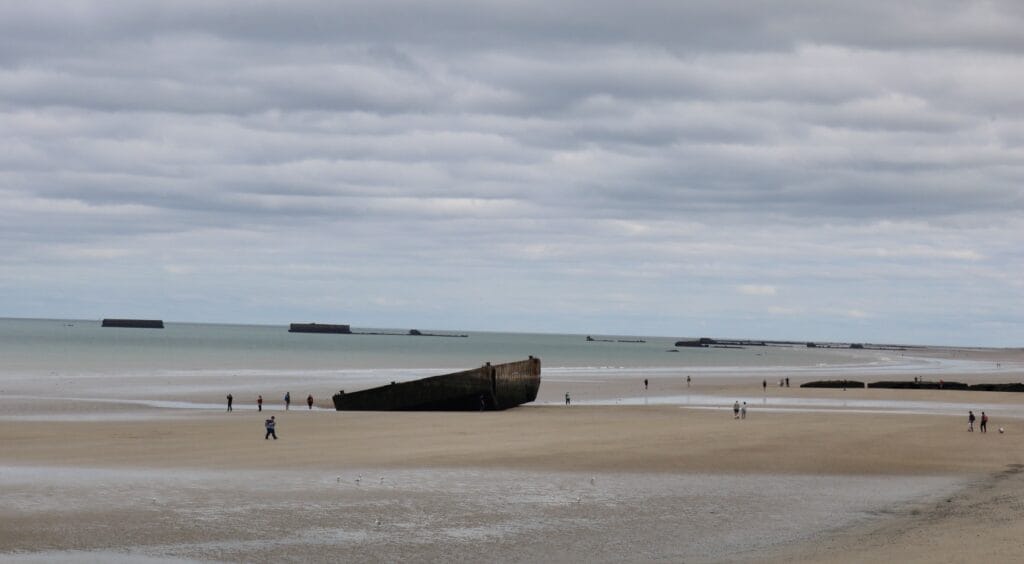
We visited two of the five landing areas at Gold Beach and Omaha Beach to the west and Juno Beach in the east, which stretches over 4 miles along the coast of Calvados, taking in the villages of Asnelles and Ver-sur-Mer and the town of Arromanches-les-Bains lying within the sector.
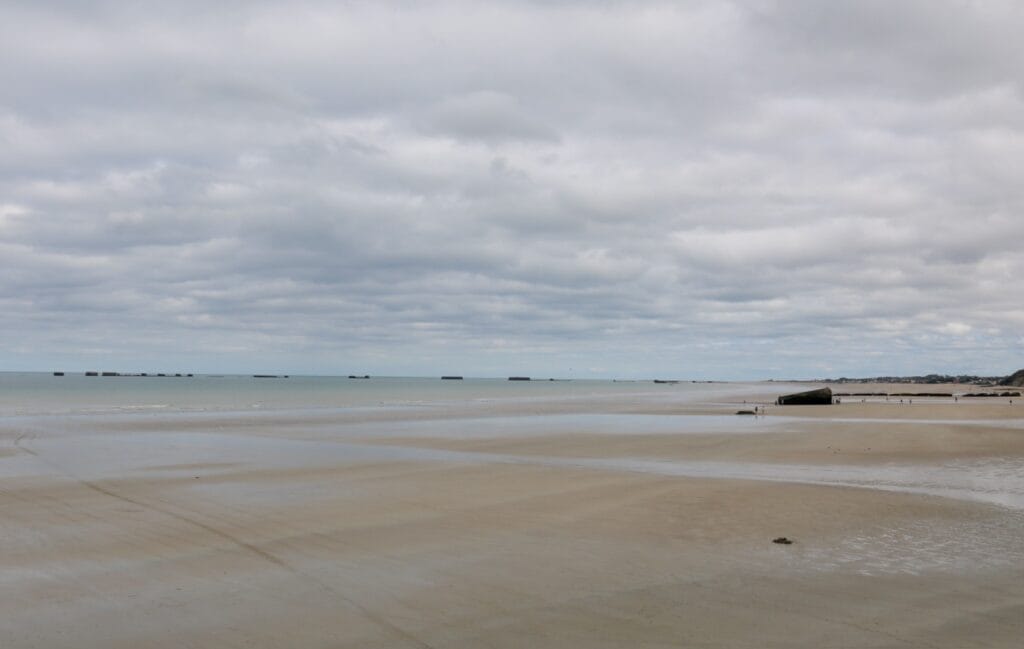
Today Gold Beach is a beautiful stretch of peaceful sand dotted with Mulberry B pontoons, floating breakwaters, piers, and roadways that were towed across the Channel from England in 1944.
After D-Day, the harbour was operational for 10 months, during which over 2 million men and millions of tonnes of supplies and vehicles landed.
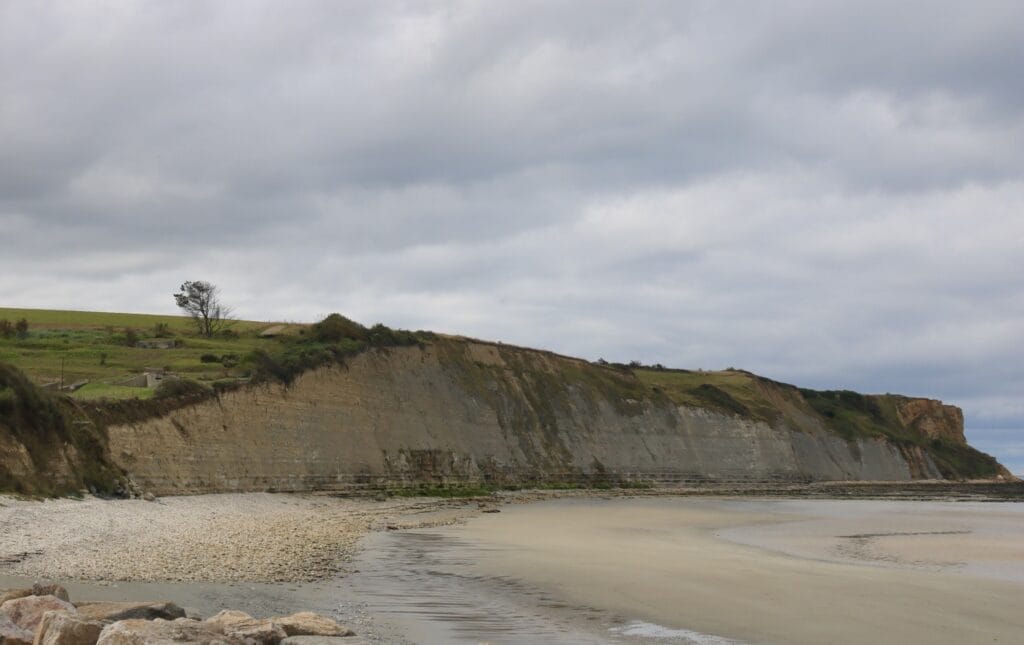
German wartime fortifications can still be seen along the cliff tops, and local museums remember the bravery and sacrifices made by the landing armies.
Westward Shipping News got the chance to walk in the footsteps of some of the finest parts of our history in the Allied liberation of France and explore the legacy of D-Day along the Normandy coast.
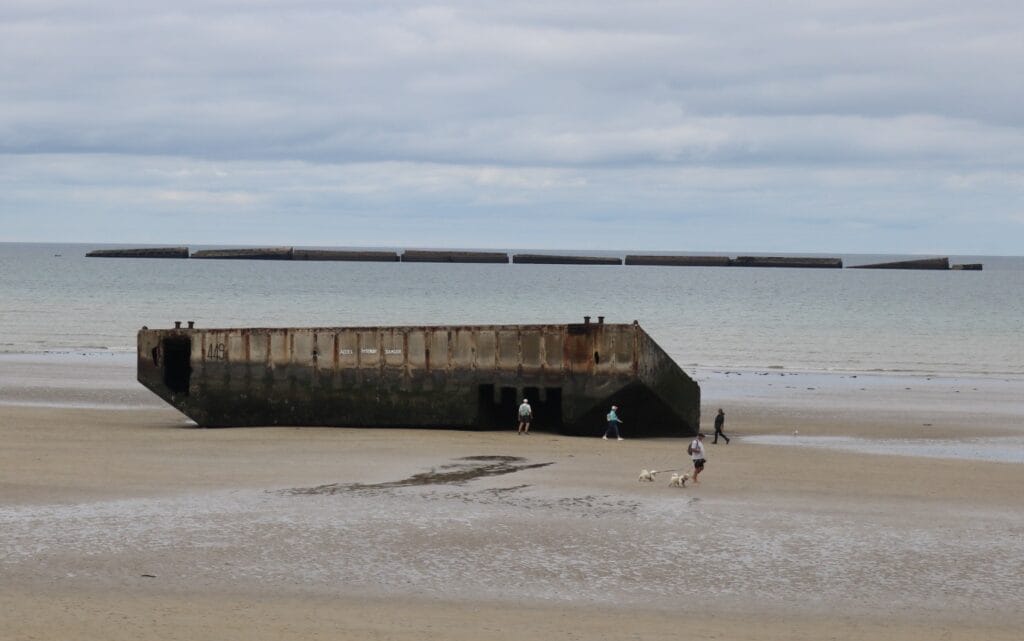
On the 6th June 1944, British troops landed on Gold Beach as part of the largest amphibious invasion in world history. The beach stretches between the villages of Asnelles and Ver-sur-Mer, with Arromanches included in the sector, but was deliberately left untouched during the invasion assault.
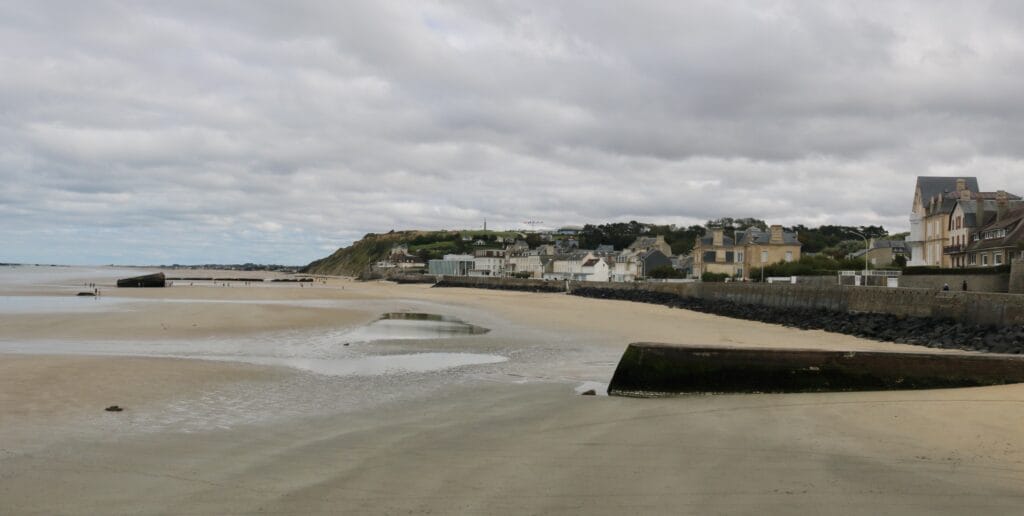
The Allies planned to turn Arromanches into a temporary harbour, and damaging the town or its roads would have made that impossible. The soldiers landing on Gold Beach came from the British 50th (Northumbrian) Infantry Division, supported by Royal Marines and special armored vehicles.
Their mission was to capture Bayeux, link up with the Americans on Omaha Beach to the west and the Canadians on Juno Beach to the east, and prepare Arromanches for its vital role in supplying the invasion.
German defences along the beach included bunkers, minefields, and artillery, with the Longues-sur-Mer battery firing on both the landing craft and the naval fleet.
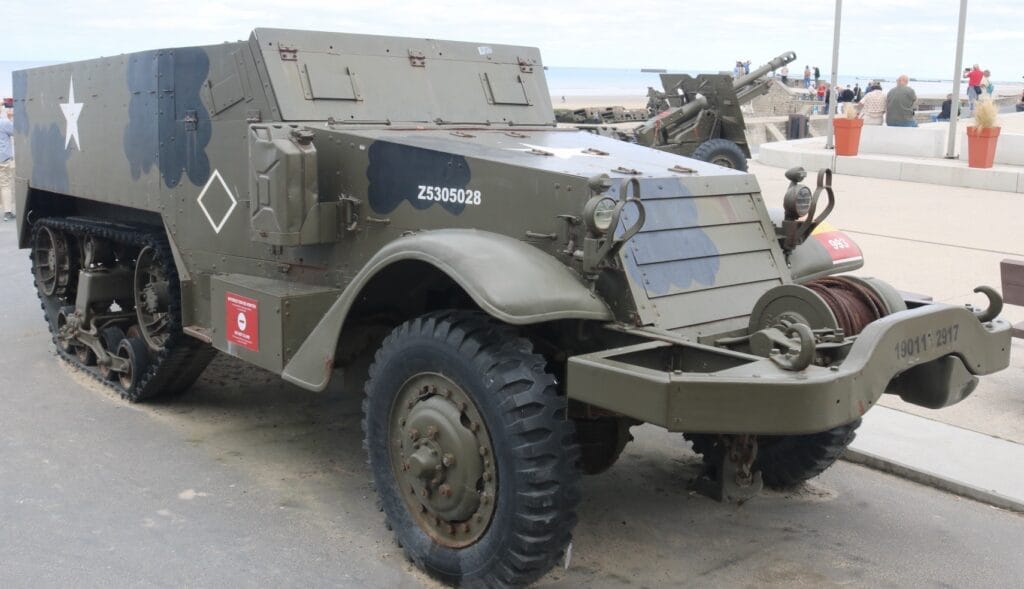
Some areas, especially near the hamlet of Le Hamel, were fiercely defended, and the troops faced heavy resistance as they came ashore.
Despite the challenges, by the end of D-Day, the British had established a firm foothold. Bayeux was liberated the following day, becoming the first major French town freed by the Allies.
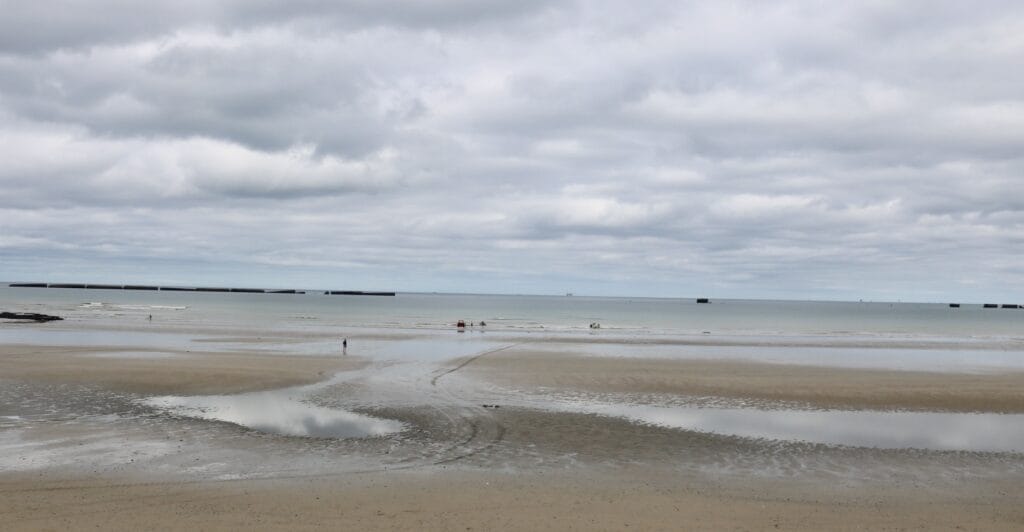
Soon after, Arromanches was secured, and construction began on the Mulberry Harbour, which played a vital role in keeping Allied forces supplied throughout the Battle of Normandy.
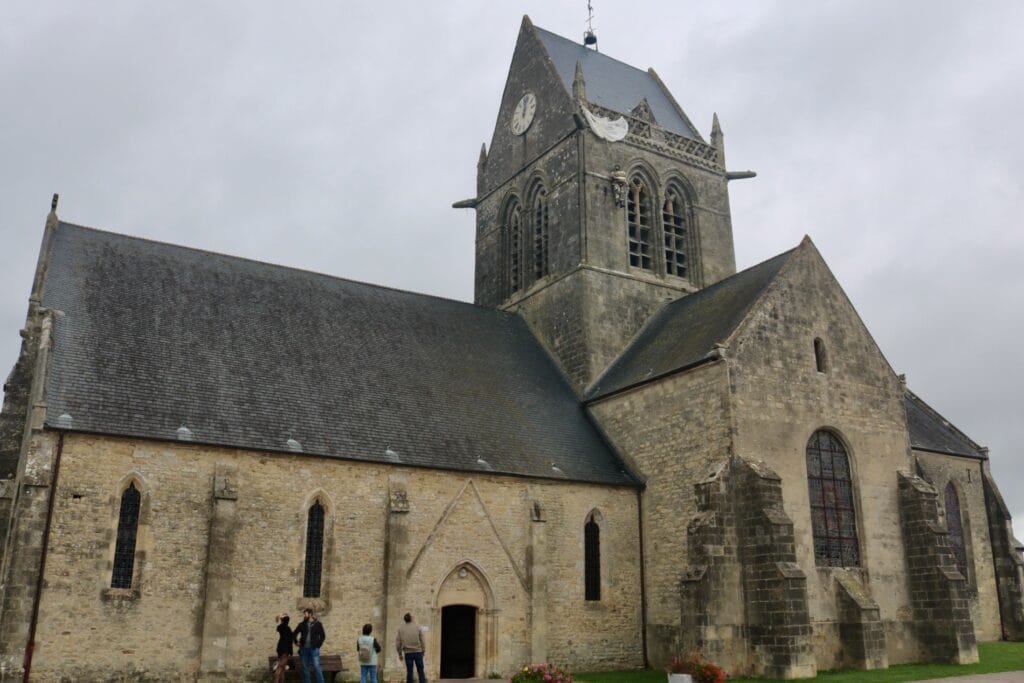
The famous mannequin of Private Steele that adorns the church at Sainte-Mère-Église, and memorialising the paratroopers who jumped into Europe on D-Day, June 6, 1944.
Dangling from a church steeple probably wasn’t the way American Paratrooper John Steele ever imagined himself in the fight to liberate France from the grip of Nazi domination, but that’s what happened.
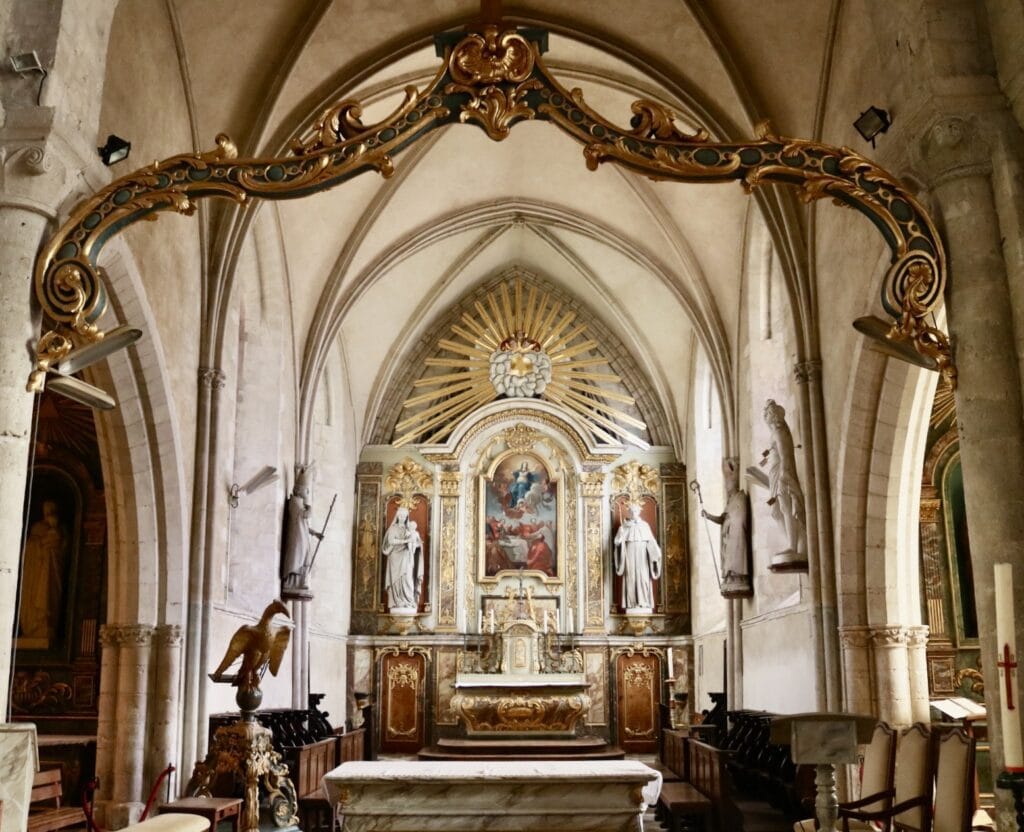
Like hundreds of other paratroopers from the U.S Army 82nd Airborne Division, he made the jump into occupied France on D-Day, June 6, 1944.

